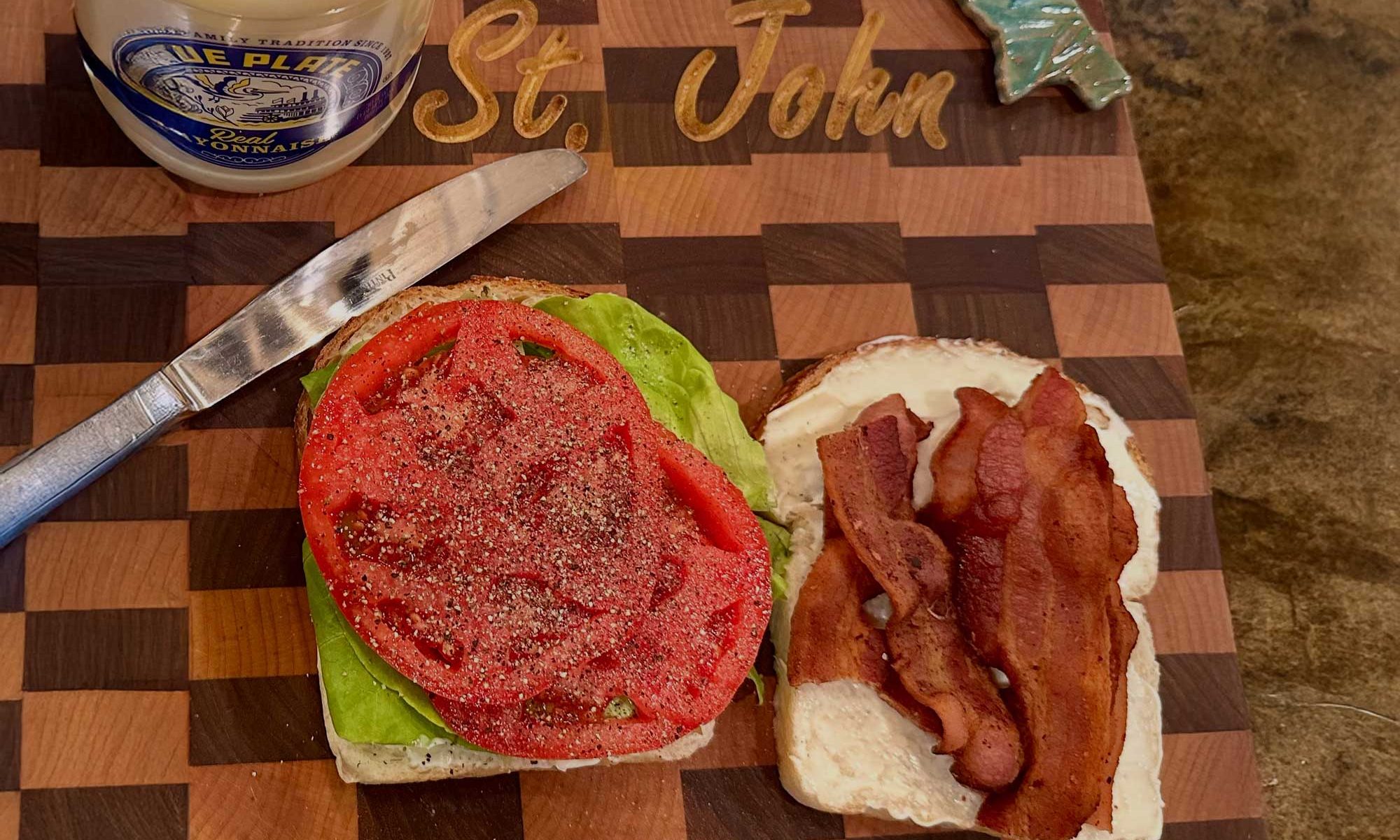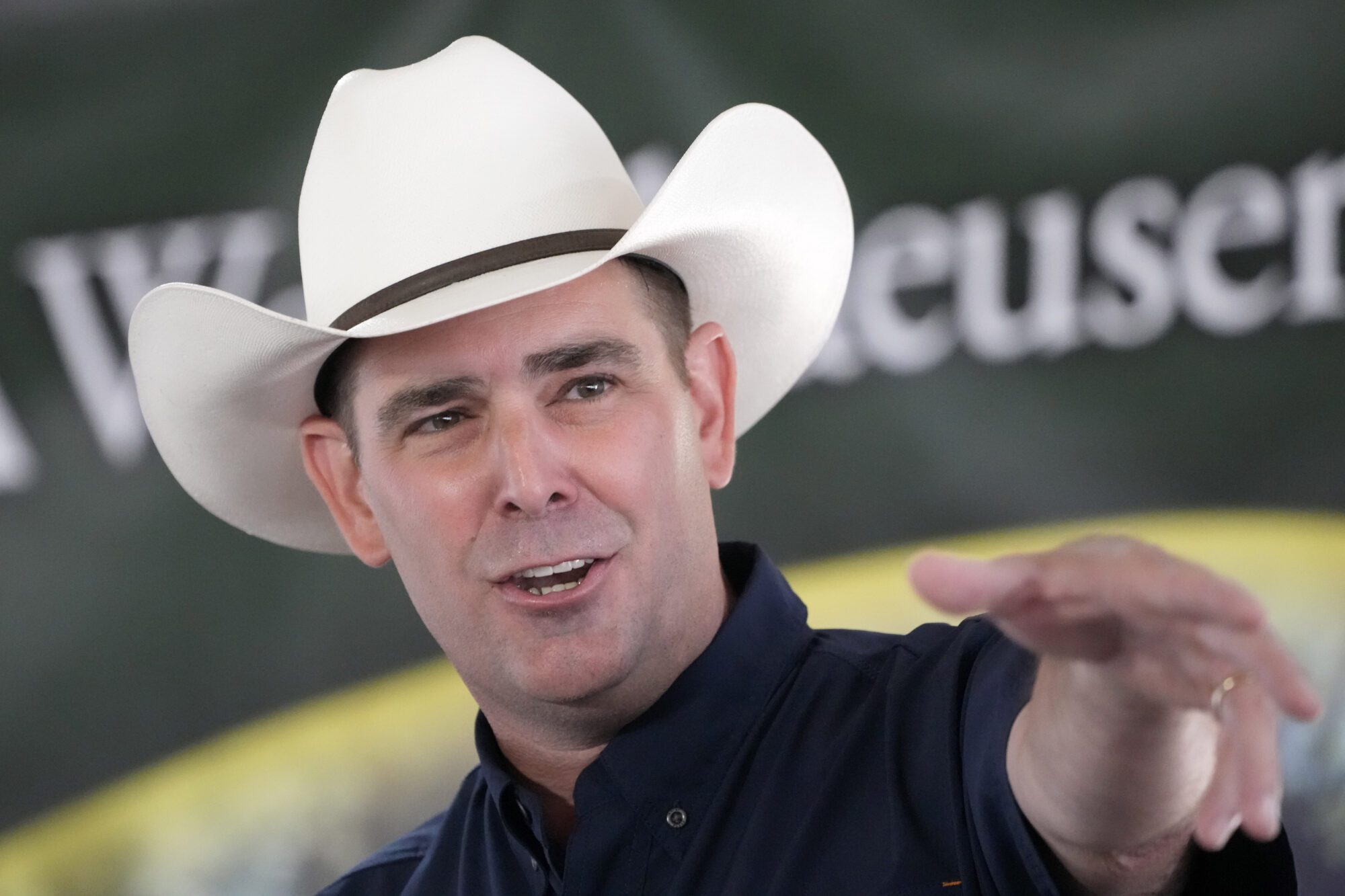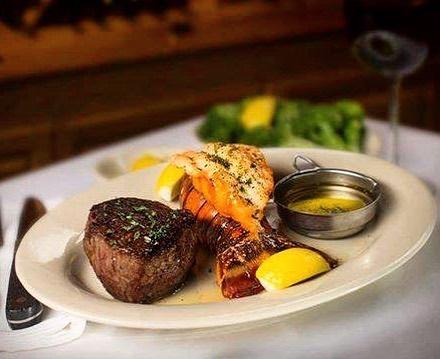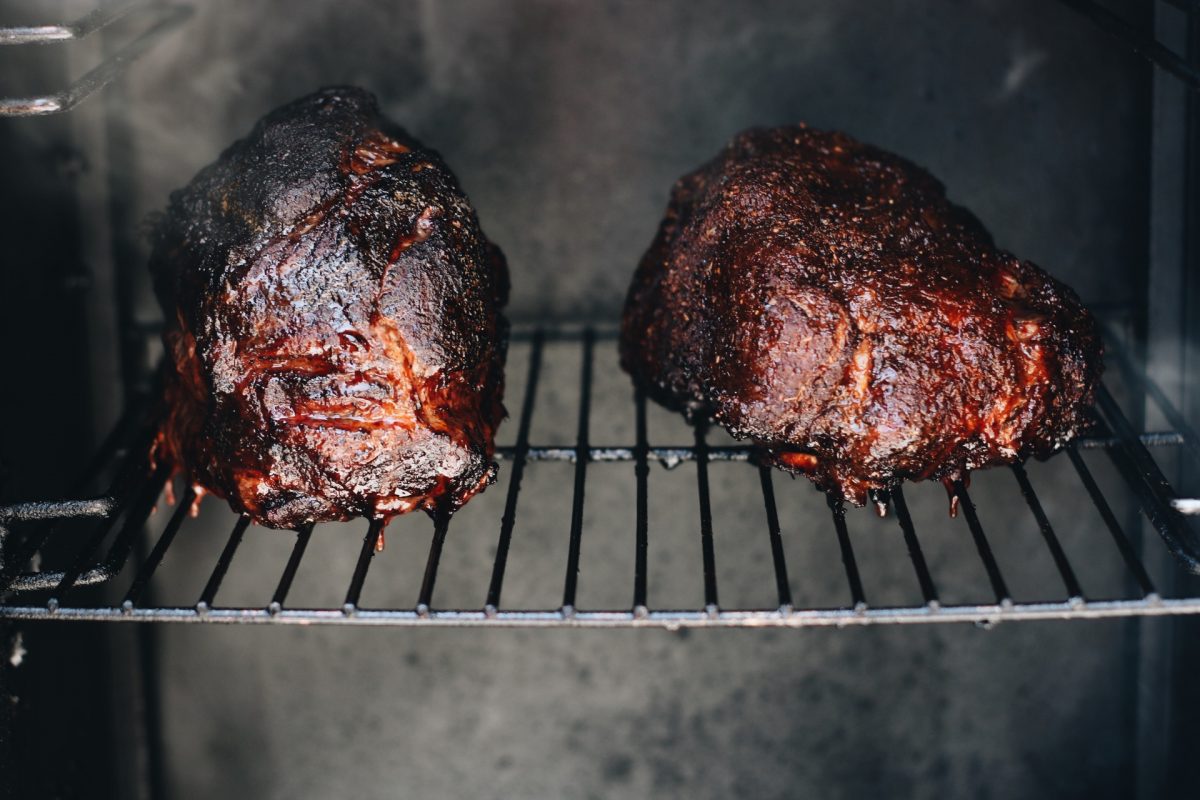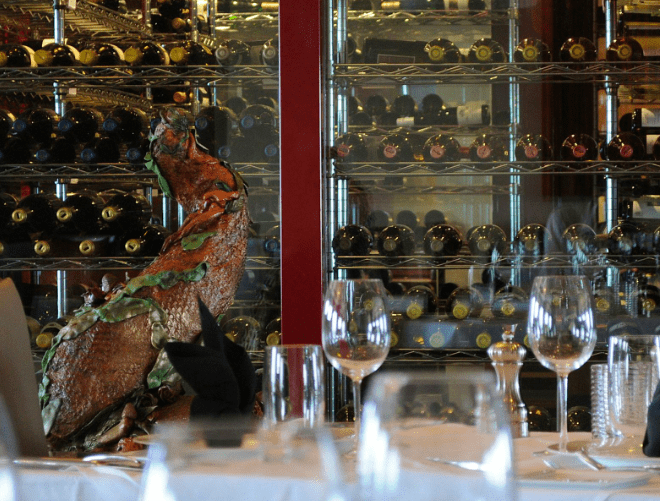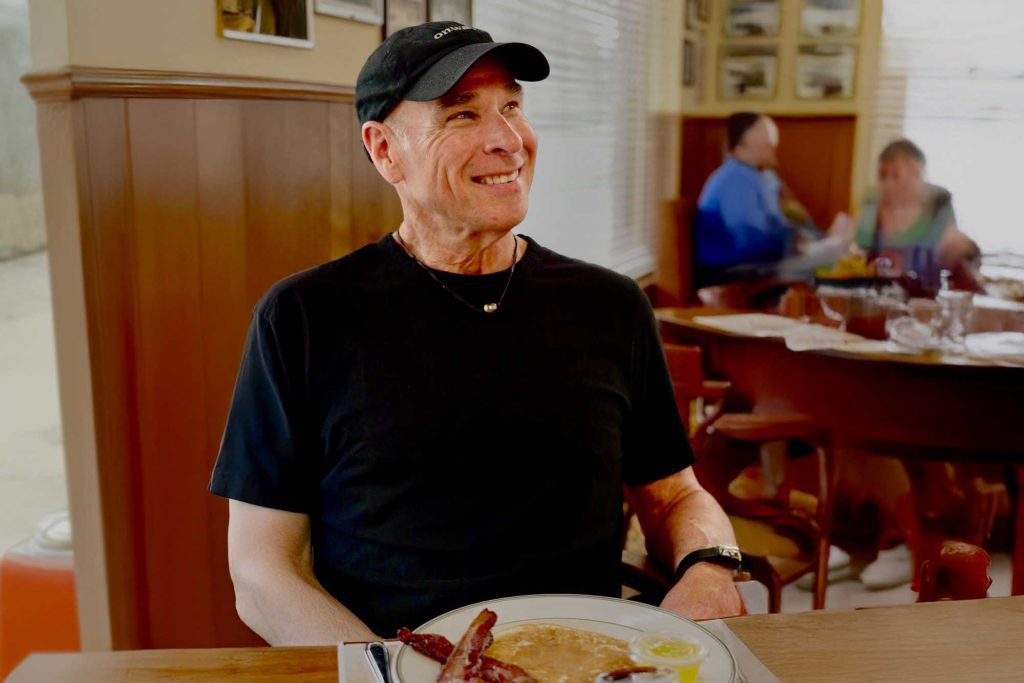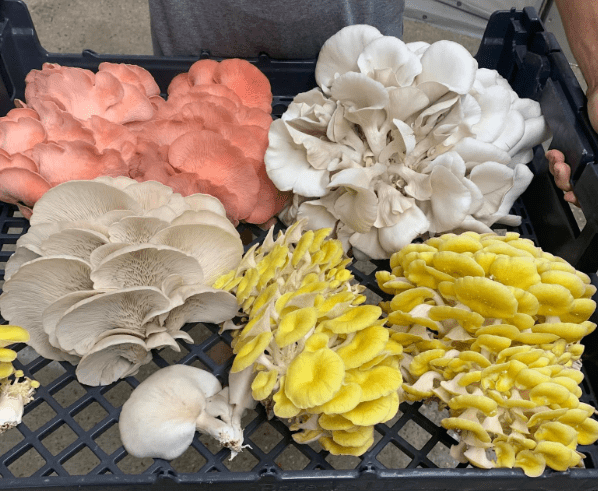Food & Drink: The Art of Smoke

A rundown of the blocking and tackling of smoking meat, from choosing the right smoker to the science of achieving the perfect smoke ring. Plus, a couple of Mississippi brews that can keep you company during your “low and slow” cook.
Since mankind harnessed the power of fire, it’s been used to turn chunks of meat into tasty morsels. For some meat, the high heat of direct flame, yields the best result. But early man discovered that applying indirect heat, from the smoke of a fire, aided survival. Slow smoked meat extended its “shelf life,” creating a preservative effect.
Today, we don’t smoke meat to preserve it. We do it because it is tasty. Very tasty. Technology largely evolved from open firing smoking, but the concept remains the same. Hardwood smoke, huge chunks of ornery meat, and time. Precious time.
Smoking meat is both simple and an art. There’s some science sprinkled in, too. For the uninitiated there are a lot of questions. What is smoking? What type of smoker to use? How about wood variety? How do I achieve the gold star of a proper smoke ring?
For everyone one of these questions, there are thousands of opinions, tips, and tricks. Plumbing their depths would require a book. I don’t have time to write that and am sure someone else already has. So here’s what I’ve learned over the years to produce what my family enjoys to eat.
“Low and Slow”
You will frequently hear smoking purists distinguish barbecue from grilling. Grilling is throwing a steak on a 600 degree grate for the sear. Barbecue is what happens when you take an unwieldy chunk of pig or steer and break its will, “low and slow,” with the tender caress of woodfired smoke. This means indirect heat, typically with grate-level temperatures between 225-250 degrees for hours…and hours…and hours. There are specific cuts of meat that make the most sense for smoking “low and slow.”
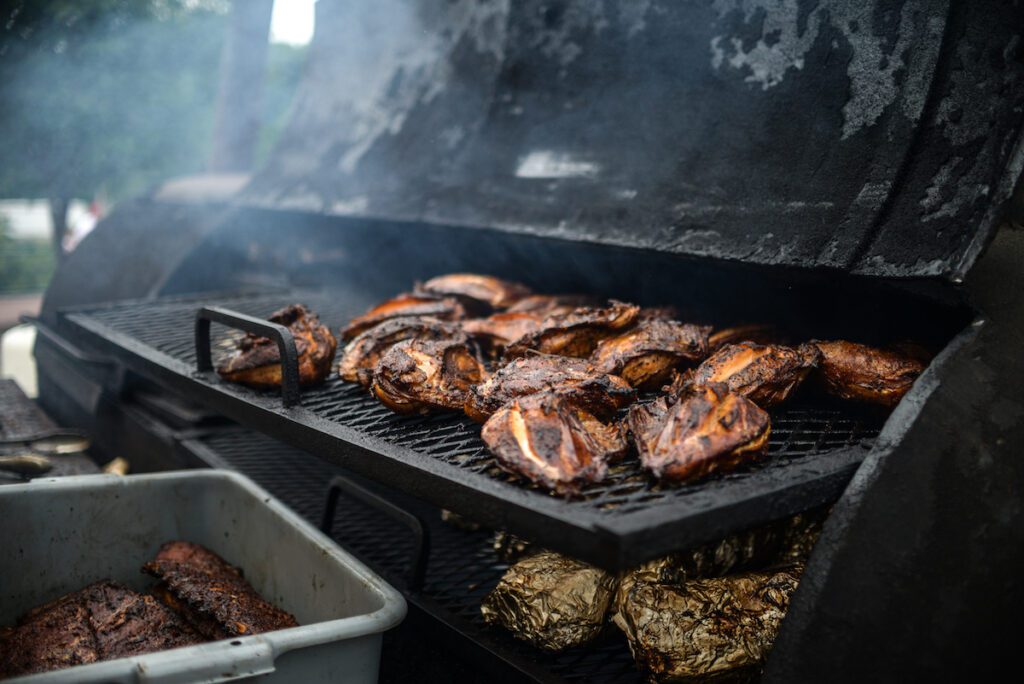
Pulled pork comes from what is called a pork butt or Boston butt. Contrary to the name, this is actually the front shoulder of the animal. It’s filled with fat and connective tissue. Both pork ribs and beef short ribs similarly have a lot of connective tissue. Then there is the Texas grandaddy, the beef brisket. All of these cuts are tough and near inedible if cooked over high heat or to low internal temperatures. No one wants a medium rare brisket. Trust me.
But something magical happens with these cuts when cooked “low and slow.” The heavy collagen content begins to break down at around 160 degrees internal temperature. By 180 degrees of internal temperature it is soluble gelatin. What was tough becomes tender and moist.
In future installments, I’ll provide some step-by-step instructions for prepping and cooking butts, briskets, and ribs. We might even go wild with a spatchcock chicken, a smoked turkey, or some tuna. Today, we’ll just cover some basics.
Choosing Your Smoker
If you want to be a traditionalist, I’m talking the loin cloth wearing variety, build a fire and hang some meat over it. Francis Mallman has built his own legend doing gaucho-style Argentine barbecues with nothing more than open flame and some rods from whence he hangs the meat. It’s definitely worth learning about Mallman and Argentine barbecue, but we will save it for another day.
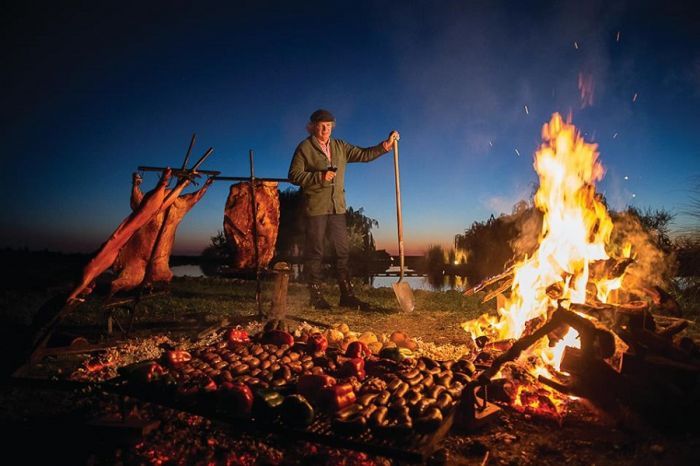
Offset Smokers
In the South, when we think of traditional smokers, we think of repurposed propane tanks. These cylinder smokers, both the propane tank variety and the more commercial units, are what is known as offset smokers. They have a firebox attached where wood is burnt to create the smoke that drifts across meat-laden grates and out of a smoke stack. You will sometimes hear people refer to these units as “stick burners” or “horizontal smokers.” There is no heat source directly under the meat.
Offset smokers produce the most authentic and delicious barbecue, in my opinion. We’ll get into some of the scientific reasons this opinion is a good one later. Offset also require the most work. They must be fed with new fuel over the course of long cooks. There are fewer fancy gadgets to help you to stay in the temperature sweet spot. You control the temperature by how much air you let in and out of the smoker.
Charcoal Smokers
These are vertical smokers, where the heat source is under the meat. They come in a wide variety of configurations, that include everything from an old oil drum (we like to reuse petroleum products) to Kamado smokers like the Big Green Egg. Even an old Weber kettle can technically be considered a charcoal smoker. Regardless of its form, the concept is the same: charcoal is used in combination with hardwood to produce smoke from under the meat. Typically, some sort of deflector plate, and some distance between fire and grate, is used to prevent the meat from directly contacting flame.
These can produce a good product, but like offset smokers, require a bit more work. There are a wide assortment of handy gadgets, though, to help with things like temperature maintenance. Some offset smokers, particularly Kamado smokers like the Big Green Egg can be difficult for longer cooks, because it is hard to add additional fuel for the fire.
Pellet, Electric, and Propane
These are very different kinds of smokers, but I’m lumping them together for one reason: I don’t like them. I know people who swear by them. Send your hate mail elsewhere. Pellet smokers heat compressed wood pellets to approximate hardwood smoke. They are loaded with features that make them operate more like an oven. They are very popular with new barbecue enthusiasts for their ease. These are the Traegers you’ve heard of. Electric and propane smokers tend to heat up wood chips. There is science behind why these smokers just cannot produce the same result of their older counterparts. Doesn’t mean the barbecue isn’t still tasty.
Curating Your Wood and Preparing it for Battle
Unless you’ve been air drying some wood logs or chunks for 3 to 12 months (do not use green wood), you can buy wood at barbecue supply places. I’ve even noticed grocers selling it now. If you’re cooking on an offset, you’ll go with “logs.” On a charcoal smoker, “chunks.” If an electric or propane variety, chips. And if a pellet grill, well, pellets.
Everyone has their own opinions about the best hardwood to use. Some of it just depends on personal taste, some depends on what you are cooking. Fruitwoods, like apple, tend to offer a milder flavor and pair well with poultry or fish. I’m personally a huge fan of cherry wood on most everything I smoke. I think it produces a great “bark” and gives a balanced smoky flavor to the finished product. I will sometimes mix it with pecan, which is another great all-around wood choice. The king of Texas brisket smoking is post oak. Hickory is good, but can become bitter if overplayed in longer cooks. Mesquite is in that same camp and can quickly overpower your cook. Use sparingly.
Once you get your fire started, there are four stages of wood combustion. I won’t bore you with each, but I will tell you what to look for in knowing when your fire is ready to add the meat. If your smoker is belching big plumes of white or gray smoke, it is not ready. The wood has not yet combusted. Putting meat on at this stage will produce an acrid product, which is the last thing you want after a long cook.
The fire must get hot enough for the wood to combust. You will know this has happened when the smoke gets “thin” (not bellowing) and takes on a bluish hue. Blue smoke is good smoke. Add your meat.
The Science of the Ring
I’ve mentioned science a few times already. I sort of feel like Ron Burgundy in Anchorman. But here we go. For many enthusiasts the mark of good barbecue is the presence of a smoke ring. A smoke ring is a scientific reaction between myoglobin in meat and nitric oxide released by wood.
Myoglobin is a protein that gives meat its pink or red color. Different meats have different levels of the protein. Beef has a lot more than chicken, hence the color difference.
Nitric oxide released by combusted wood clings to outer surface of meat in the early stages of smoking and reacts with the myoglobin to “lock in” its natural pink or red hue. This chemical reaction only occurs until the meat temperature reaches 140 degrees. After that point the reaction stops. You either have a smoke ring at 140 degrees or you don’t.
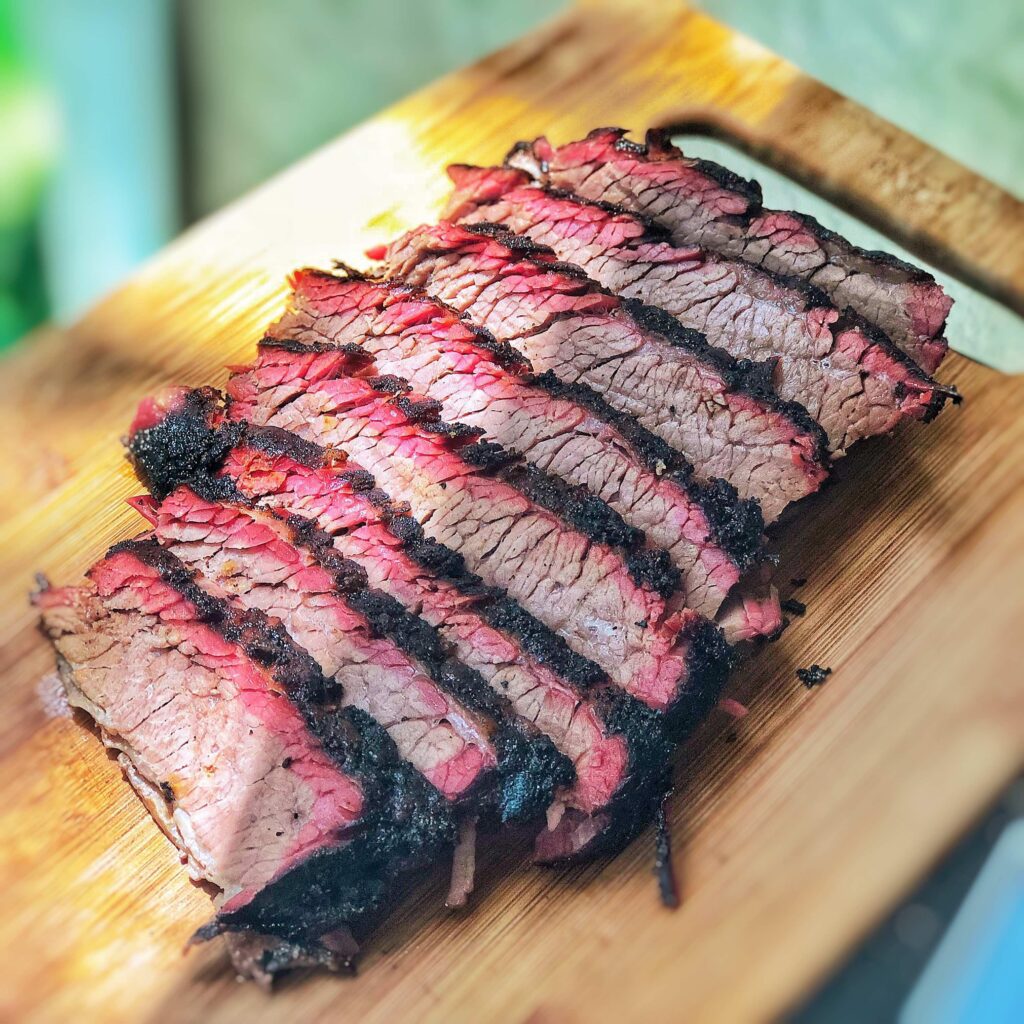
But it gets a little tricky. For wood to release nitric oxide it has to get hot and combust. That blue smoke range is 650-750 degrees at fire level. So you need a hot fire, but for the temperature of the smoker at food level to be low. This is one of the reasons an offset smoker works so well, because the fire is removed or offset from the cooking compartment.
The need for a steady supply of nitric oxide is also one of the reasons that offsets and charcoal vertical smokers work better than some of the new-fangled alternatives. Huge chunks of wood can produce a better, more consistent supply of nitric oxide than little pellets or wood chips.
Moisture is Important
Nitric oxide produced by smoke clings to moisture. This is one of the reasons that regardless of the smoker you use, you will want to include some sort of water pan in the smoker. It’s also why I keep a spritz bottle by my smoker to spray on the meat once an hour or so in the early hours of cooking.
The meat is not the only thing that will need to be hydrated during the cook. By all means, have some water. Or, consider a Mississippi brew. I’ve been digging Crowd Control IPA lately, brewed by Southern Prohibition Brewing in Hattiesburg. Excellent suds. Or if you want something a bit lighter, a Good Bug, brewed by Lazy Magnolia Brewing Company out of Kiln (or correctly, the Kiln).
The Stall and the Crutch
If you are smoking a big cut of meat like a pork butt or a brisket, you are not going to pull them from the smoker until they reach an internal temperature of 203-205 degrees. (This is where having a good meat thermometer comes in handy). There are other ways to know when it’s done that I’ll get into at a later date.
If you have a thermometer monitoring the cook, you will get to 160-170 degrees internal temperature with no sweat. It will feel like things are going faster than perhaps they should. Then the meat will begin sweating. The evaporation process cools the meat. The end result is something called “the stall,” where the internal temperature of the meat stops climbing. The stall can last hours and create a lot of anxiety if you aren’t used to it.
There are two things you can do. Let it cook through the stall, which I frequently do, or speed the process up. You can speed up the process by using something called the “Texas crutch.” The Texas crutch is a cool way of describing wrapping your meat in either tin foil or butcher paper. When I do it, I prefer foil for a pork butt and butcher paper for a brisket. The butcher paper helps maintain the bark on the brisket. The bark is the thick almost black crust that forms on the outside of well-smoked barbecue. It’s not burnt. It’s flavor. In foil, the bark gets soggier.
I tend not to wrap until the meat gets to at least 170 and I’m happy with the bark formation on the outside. Some people put things in with their meat when they wrap. On a pork butt, I will typically add a little apple juice to the package. With a brisket, I will add some beef tallow, a tip I picked up from watching Aaron Franklin, of Austin’s famous Franklin Barbecue, smoke briskets.
Finally, Rest
If you are smoking a pork butt, you can expect the process to take 10-12 hours. A brisket, 12-14 hours. Even a good rack of baby backs in a 4-5 hour cook. This is a serious investment of time. It can also be a seriously relaxing, and ultimately delicious, hobby.
But there is a tendency after all that hard work to want to dig in. Resist the urge. On a big cut of meat, like a butt or brisket, let it rest for at least two hours. I let my brisket rest a lot longer than that. If you have a warming drawer on your oven, you can let it “rest” at 170 degrees. Or you can create a “faux cambro” by wrapping your meat in foil, then wrapping it a few ratty towels and sticking it in a cooler. It will keep the heat for hours. The juices and gelatin will redistribute throughout the meat. The flavor will be much, much better when you finally dig in.
If you struggle with temptation, throw some sausage on at the end of your smoke and use that as an appetizer with another Crowd Control.
